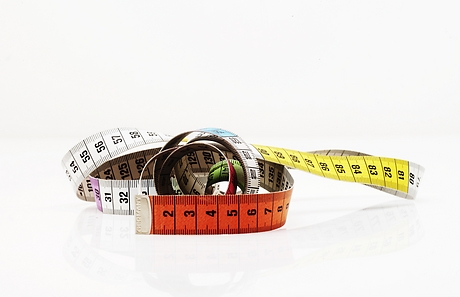Excess weight in primary school girls linked to musculoskeletal issues

Primary school girls who are overweight or obese are more likely to see a GP at least once about musculoskeletal problems than those of a healthy weight, according to UK researchers.
They noted that there was some previous evidence to suggest that obesity increased the likelihood of back pain, chronic pain, and a hip condition more common in teens, caused by the additional stress placed on the body’s joints by excess weight.
“Poor musculoskeletal health during childhood has the potential to have a significant impact on quality of life”
Study authors
However, they said the association was not clear, largely because of the quality and paucity of previously published studies.
As a result, they set out to investigate if musculoskeletal symptoms were more common among young children with a body mass index (BMI) considered obese or overweight than among their peers with a healthy weight.
They included schoolchildren in four ethnically diverse North East London local authorities from the National Child Measurement Programme (NCMP) for the academic years 2013-14 to 2018-19.
The study sample included 63,418 4- to 5-year-olds (reception year) and 55,364 10- to 11-year-olds (year 6). Most of the children lived in areas of high deprivation.
Just under 9% of reception year boys and just over 7% of reception year girls were living with obesity, compared with just under 20% of year 6 boys and 14.4% of year 6 girls.
Some 3% of reception year children and 8% of year 6 children had at least one consultation with their GP for a musculoskeletal issue following their NCMP measurement.
In addition, 194 reception year children, and 875 year 6 children had more one than such consultation.
On average, the first musculoskeletal consultation occurred nearly three years after the reception year NCMP measurement and just over two years after the year 6 measurement.
When analysed by gender, reception girls with obesity were more likely to see a GP about a musculoskeletal problem than their healthy weight peers, but there was no difference among boys.
A higher proportion of girls with obesity and a smaller proportion of boys with a BMI considered underweight saw their doctor about a musculoskeletal problem after their measurement in year 6.
Reception year girls who were living with a BMI considered overweight were 24% more likely to see a GP at least once for a musculoskeletal issue, while their peers who were living with obesity were 67% more likely to do so than girls with a healthy weight in this year.
Meanwhile, year 6 girls with obesity were 20% more likely to do so, while boys with a BMI considered underweight were 61% less likely to do so than children with a healthy weight.
Knee and back symptoms or diagnoses were those most often recorded, said the researchers Queen Mary University of London in the journal the Archives of Disease in Childhood.
They stated: “Poor musculoskeletal health during childhood has the potential to have a significant impact on quality of life, throughout childhood and continuing into adolescence and adulthood.
“Participation in some physical activities may be limited by musculoskeletal problems,” they added.
“In turn, increased weight has the potential to contribute to continued musculoskeletal pain, and consequently children may experience a perpetual obesity/musculoskeletal pain cycle as adolescents and adults.”







